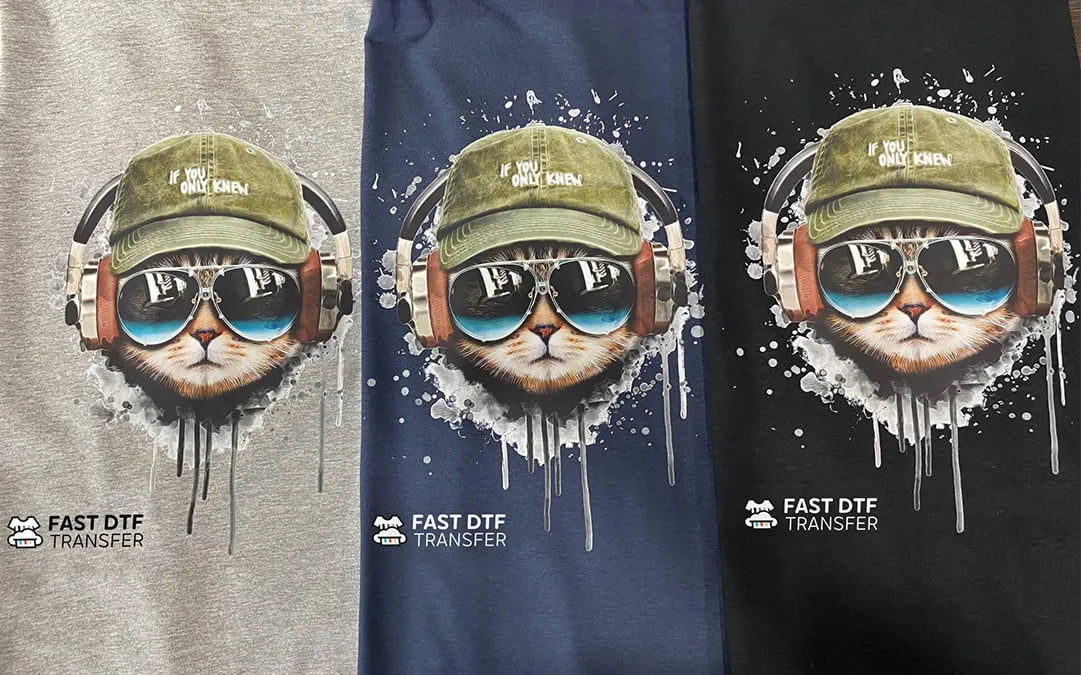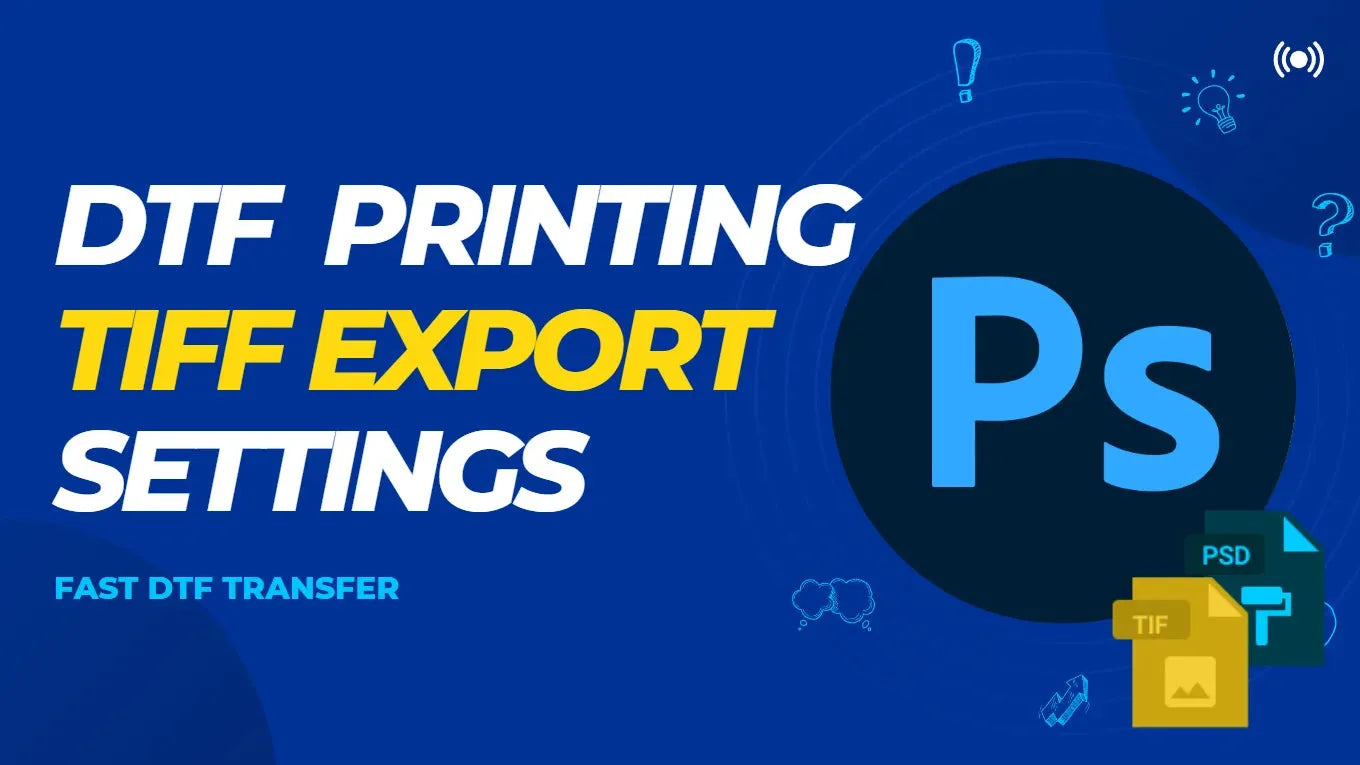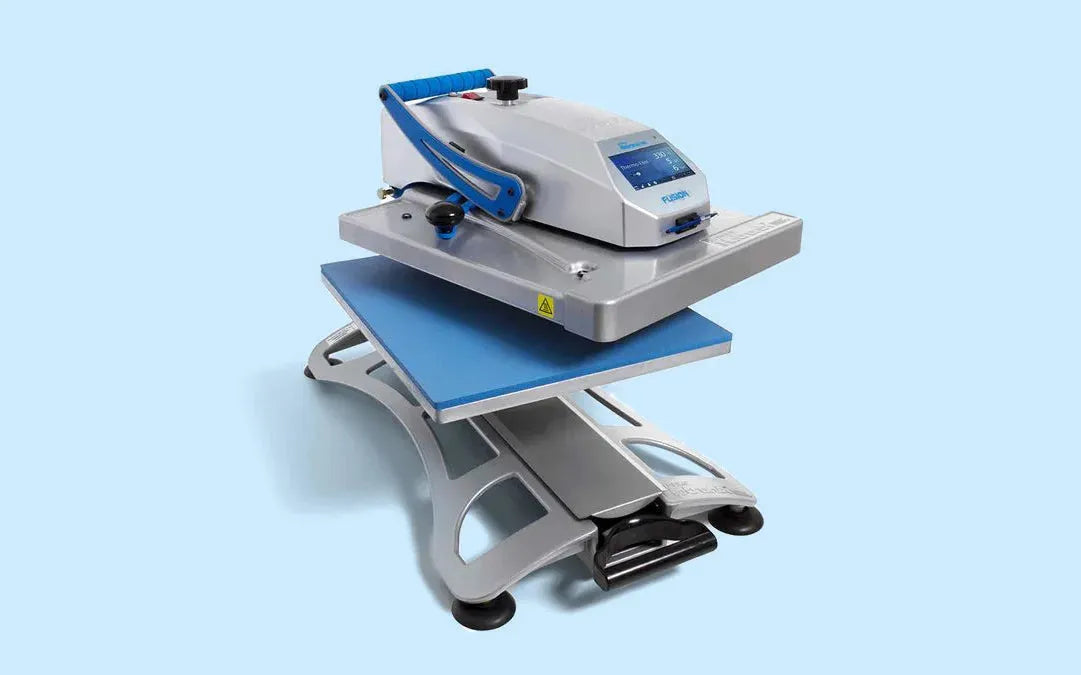
Differences between DTF, DTG and White Toner printing
Differences Between DTF, DTG,White Printing
What is DTF Printing?
DTF, DTG,White Printing is a relatively new printing technology that involves printing designs onto a special film using specialized inks. After printing, a powdered adhesive is applied to the design, which is then heat-pressed onto the garment. One of the main advantages of DTF printing is its compatibility with a wide range of materials, including cotton, polyester, and synthetic blends. The method produces vibrant, durable prints with excellent color reproduction and flexibility. DTF also allows bulk printing, making it suitable for high-volume production without compromising quality.
Unlike other methods, DTF transfers are pre-printed and can be stored for future use. This allows businesses to maintain a ready inventory of designs that can be applied on-demand. Additionally, the transfer process ensures that even intricate designs with multiple colors and gradients retain sharp details after application.
What is DTG Printing?
Direct to Garment (DTG) printing is a method in which a specialized inkjet printer applies ink directly onto the fabric. DTG works best on natural fibers, particularly cotton, because the ink binds effectively with the fibers to create a vibrant and detailed image. One of the key benefits of DTG printing is the ability to produce highly detailed designs, including photorealistic images, without the need for screens or plates.
However, DTG printing has some limitations. It often requires pre-treatment of garments to ensure proper ink adhesion, especially when printing on dark-colored fabrics. Additionally, the process is generally slower for large production runs compared to DTF printing, as each garment is printed individually. Despite this, DTG is ideal for small-batch orders and custom designs where detail and color accuracy are essential.
What is DTF, DTG,White Printing?
DTF, DTG,White Printing involves using a printer equipped with white toner cartridges to create designs on dark or light-colored surfaces. The white toner acts as a base layer, allowing colors to appear vibrant on darker garments. This method is particularly popular for creating detailed graphics, text, and logos on t-shirts, hoodies, and promotional products. White toner printing can also be combined with heat transfer techniques to apply designs to various substrates, including polyester and blends.
One of the major advantages of white toner printing is its ability to produce sharp, clean edges and consistent coverage. The prints are durable and resistant to cracking or peeling, making them suitable for apparel that undergoes frequent washing. Additionally, white toner printers often allow for multi-step processes, including layering colors for more complex designs.
Comparing Material Compatibility
Material compatibility is one of the most important factors when choosing a printing method. DTF printing works on almost any type of fabric, including cotton, polyester, nylon, and blends. DTG is most effective on 100% cotton or high-cotton blends, as the ink adheres best to natural fibers. White toner printing is flexible and works on light and dark garments, as well as some synthetic fabrics, when used with appropriate transfer media. Understanding material compatibility ensures long-lasting results and prevents unexpected issues during application.
Comparing Print Durability
Print durability varies among these methods. DTF transfers are highly durable, with excellent wash resistance and flexibility. DTG prints can also be durable but often require pre-treatment and careful washing to prevent fading. White toner prints are strong and resistant to cracking, especially when properly heat-pressed onto the garment. Choosing the right method based on expected wear and washing conditions helps maintain the integrity of the design over time.
Comparing Color Vibrancy and Detail
When it comes to color vibrancy and detail, each method has unique strengths. DTF printing produces bright, saturated colors with smooth gradients and fine details, even for complex multi-color designs. DTG printing excels at detailed, photographic-quality images, allowing for subtle shading and fine lines. White toner printing provides clean, bold designs on dark fabrics and is excellent for text, logos, and layered artwork. Evaluating the desired visual outcome of your project will guide the selection of the most suitable printing technology.
Production Speed and Cost Considerations
Production speed and cost are important factors for small business owners and print shops. DTF printing allows bulk transfers to be prepared in advance, making it efficient for larger runs. DTG printing is ideal for short runs or one-off custom orders, but it is slower for high-volume production. White toner printing often involves multiple steps, which can increase production time, but it allows high-quality, versatile prints without complex setup. Understanding these factors ensures cost-effective production while meeting quality standards.
Conclusion DTF, DTG,White Printing
Choosing the right printing method depends on the type of design, material, order size, and desired outcome. DTF offers versatility, durability, and bulk production capability. DTG provides fine detail and photographic-quality prints, ideal for cotton garments. White toner printing excels in vibrant, layered designs on dark fabrics with crisp edges. By understanding the differences between these three technologies, designers and business owners can make informed decisions, optimize production, and deliver high-quality custom apparel and merchandise that meets customer expectations.

